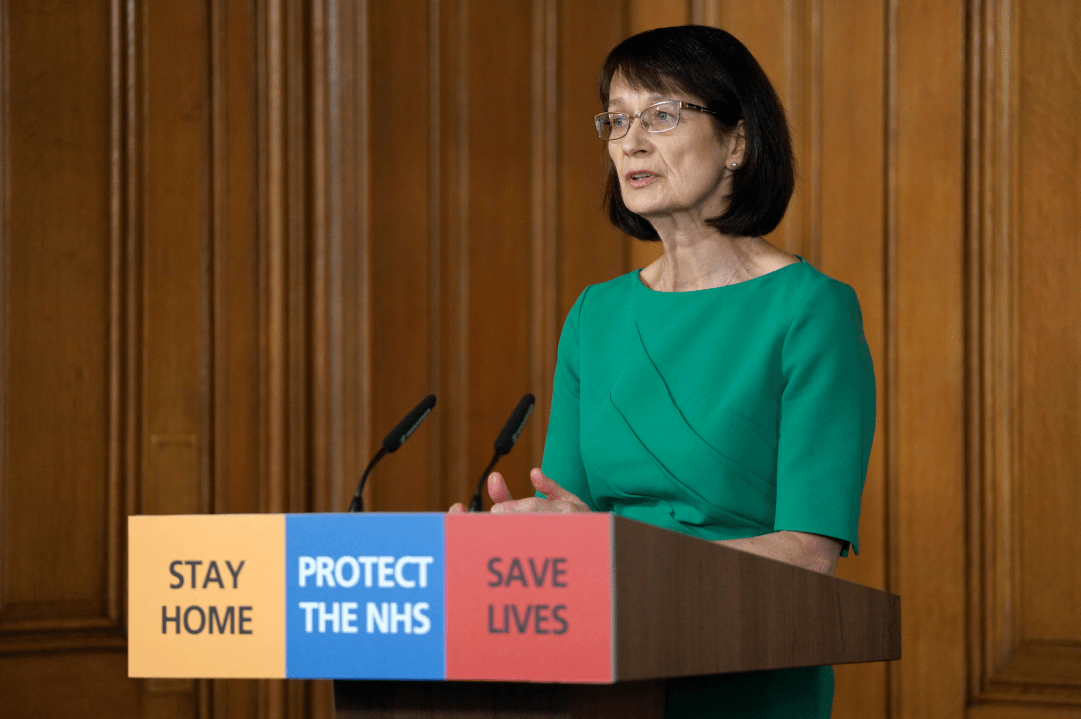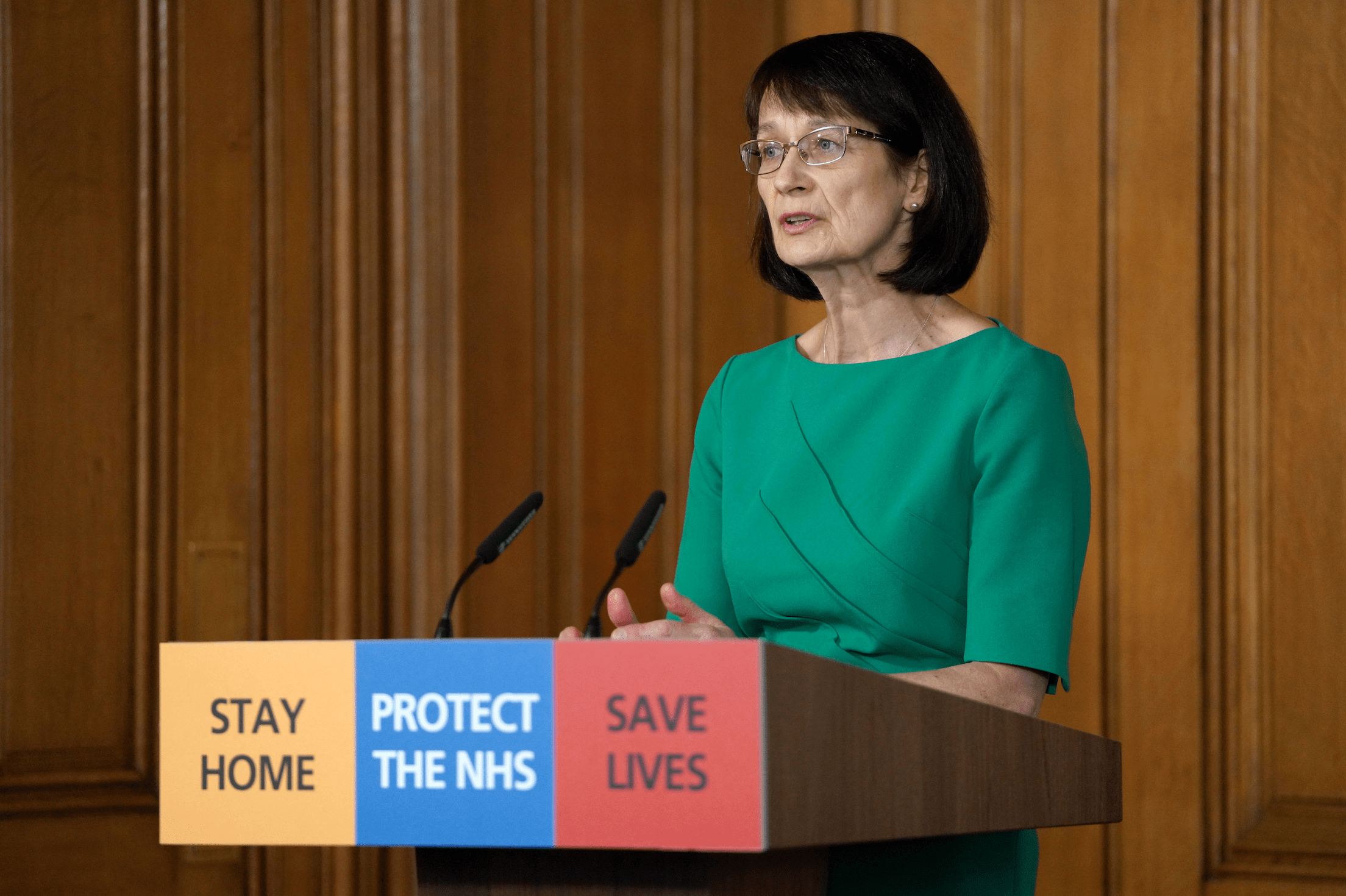The R-number has been declared the most important metric in monitoring Covid in Britain. For young children to return to school in June, or for pubs to open in July, it is always linked to the rate of Covid transmissions – the R-number – staying below one. Above one is the danger zone: it means each infected person is infecting, on average, more than one other. So plans to liberalise are put on hold and we possibly enter a more severe lockdown once again. When explaining his strategy last weekend, the Prime Minister even showed a picture of an R-Number speedometer. But it gave no reading. We’re instead told a range: is that it hovers somewhere between 0.7 and 1. But we have never been told exactly what the R-number is.
In today’s press conference, Deputy Chief Medical Officer Dr Jenny Harries gave an honest assessment of the R-number’s limitations. She didn’t sound very convinced of the idea that the UK – as a country – has a R-reading. She made three main points.
- Experts can’t agree on what the R-Number is.“(The) rate is derived from a different number of modellers. And each modeller will put in, each modelling group will put in slightly different data, it will process it in a different way; and they’re all compared to see, to come out with a broad consensus.”
- The R-number differs depending on the setting (care homes, hospitals, communities). “(There) are predominately three different R values. We have community, which will be most people in their homes. That’s where the ONS data is coming from: that’s households. We have care homes which have had high rates (although they’re starting to come down) and we’ve had hospitals as well. So it’s quite difficult.”
- Covid is a regional virus, so R-numbers will be regional. Viruses like flu spread pretty evenly, but Covid seems to have clusters with London badly hit and the south-west not very badly. Harries explained that, rather than one R-number – the impression so often given by ministers – the UK has ‘a number of different R rates’, noting the variations between community figures, care home figures and hospitals. ‘We clearly know that we all have very different circumstances…to where infections are most prominent’ putting emphasis on the need to understand ‘why infections are rising in certain areas’ rather than on the headline figure. Her point is backed up by a recent Cambridge University study which showed this regional variation: R=0.8 in the North East and Yorkshire, with 4,300 new infections a day. But the R is shown to be just 0.4 in London with new 24 infections a day. Yes, you read that figure right: two dozen a day.
Dr Harries almost seemed like she was mocking the idea of a national R-ometer
At one point, Dr Harries almost seemed like she was mocking the idea of a national R-ometer. ‘We’ve got a number of different R rates. It’s a bit like saying everybody in one area has the same sort of house cause the average one looks like this.’
She also came just short of calling for a new public policy approach: that the R-number should not be used to make decisions about schools, even if there is still a serious situation to be sorted in care homes:
‘Without putting ideas into politician’s mouths, I think it’s really important we do understand that on a regional basis. And look below that top level. We don’t want to detract from the majority of children’s education – which will set them up for life and employment and actually predict their longer term health outcomes – by clamping down perhaps on one just for a single area…for a very small change in R predicted from opening up schools…You wouldn’t want to stop children’s education, when actually the right interaction would be to manage an outbreak in a care home, for example.”
It is, at present, government policy to treat all areas of England the same based on the daily R rate calculation. But this is pretty difficult to square with the data. Dr Harries seemed to think it is sensible to have a more nuanced approach, or at least an understanding of varying risk factors – not just by area, but by industry and sector, with education at the heart of this. The German approach, for example, will judge lockdown locally depending on the level of infections. It might be that Britain ends up edging away from the ‘national R’, and taking a more holistic approach. As Dr Harries put it: “I think it will depend very much on the circumstances as we move forward.’








Comments